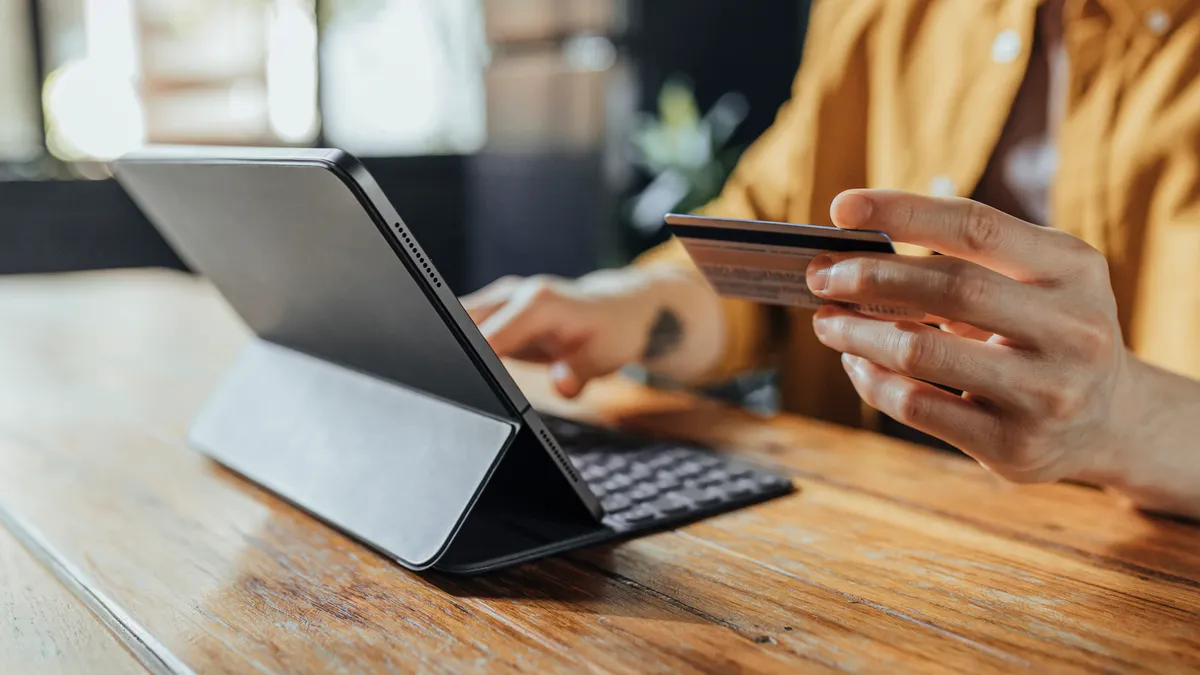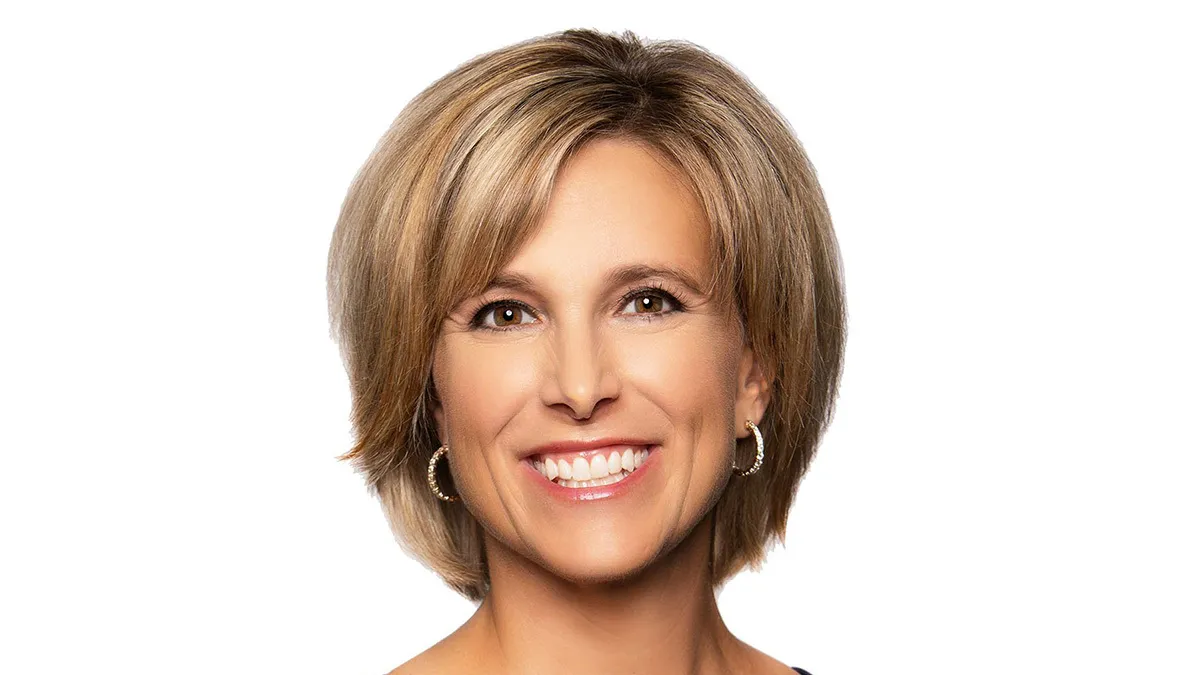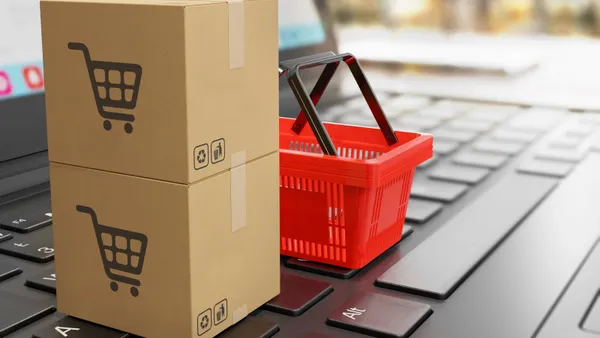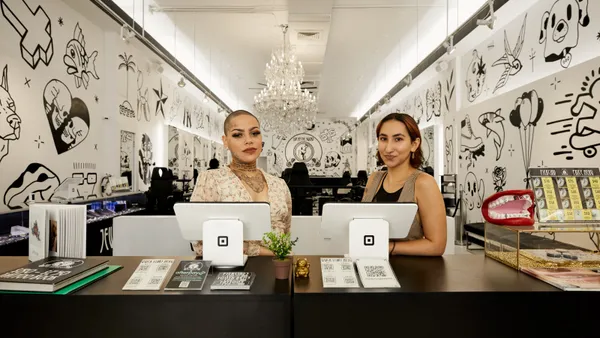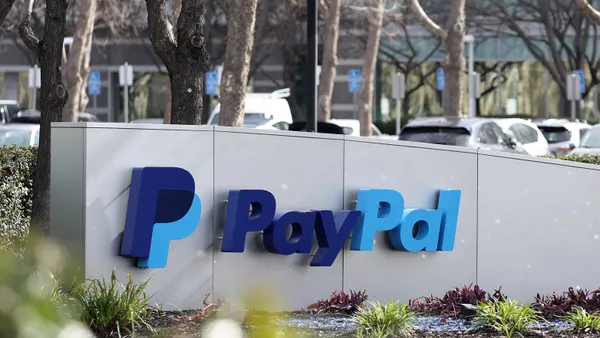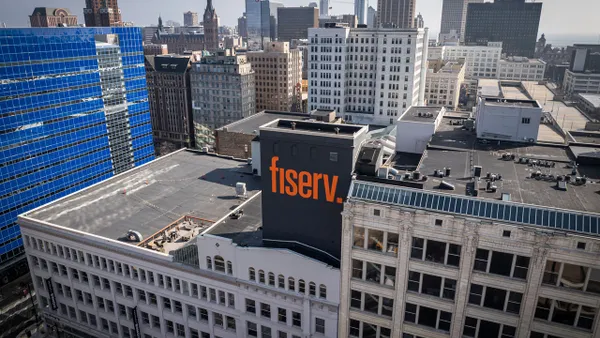Dive Brief:
- One in three buy now-pay later users have made a purchase they otherwise wouldn’t have if the popular financing tool hadn’t been an option, according to research released Thursday from the Financial Health Network. Among BNPL users surveyed who said they struggled with most or all aspects of their financial lives, 60% said they wouldn't have made a purchase if installment payments hadn't been available.
- One-quarter of BNPL users are financially vulnerable, per the Financial Health Network, which polled 5,033 U.S. households. While only 8% of overall BNPL users said they have trouble making installment payments, 24% of financially vulnerable BNPL users have experienced difficulties.
- "It’s still too early to know the full impact of BNPL on the financial health of consumers, but we do see potential warning signs in the number of consumers, particularly those who are already financially vulnerable, who report struggling to make repayments," Meghan Greene, the Financial Health Network’s research director, said in a Thursday press release related to the report.
Dive Insight:
As more consumers flock to installment payment options, scrutiny related to the possibility of users' accumulating debt has followed. That scrutiny came to a head this week as the public comment period deadline arrived for the Consumer Financial Protection Bureau’s inquiry into BNPL, and as the agency pursues a probe of five major BNPL providers.
The Financial Health Network's findings suggest BNPL may be a riskier option for financially vulnerable consumers. The advocacy group found financially vulnerable households are almost four times more likely to use BNPL to make purchases than households that are financially healthy (18% compared to 5%).
Close to half of BNPL users had turned to installment payment options three or more times in the past year, as of November 2021 when the survey was conducted.
Most who’ve used BNPL (70%) have opted for short-term financing with no interest – often the pay-in-four model – while 21% have used longer BNPL plans with no interest. Just 11% have signed on for longer plans that apply interest, Financial Health Network found.
Consumers who use short-term services reported owing an average of $330 across all of their BNPL purchases. "This suggests that users turn to BNPL in this iteration to smooth out the cost of low- to mid-range purchases, rather than to purchase big-ticket items like appliances or furniture," the report said.
About 43% of BNPL users have subprime credit scores, according to the report. Subprime consumers have lower credit scores and are considered riskier in lenders' eyes.
Just over three-quarters of BNPL users who also have credit cards have carried a balance on their cards in the past year, compared to 49% of non-BNPL credit cardholders.
Financial Health Network also found a striking 99% of respondents understand the terms and conditions of BNPL services they use. Additionally, total consumer spending on interest and fees from BNPL last year is estimated at less than $1 billion, compared to the estimated $95 billion consumers spend on revolving credit card balances, the report said.
For consumers, BNPL is a mixed bag: It can be a low-cost and convenient way for consumers to make purchases, "but there are customers who are using BNPL to make purchases they would not otherwise make," Greene said. The report noted the importance of carefully monitoring BNPL users' experience with fees and terms as the trend spreads. The new financing option, which began in Australia, has been gaining traction in the U.S. in recent years.
In its inquiry, the CFPB has required the submission of information from the five largest BNPL providers — Affirm, Afterpay, Klarna, PayPal and Zip — and cited concerns consumers using the popular financing tool may rack up too much debt while their purchasing data is mined for marketing purposes.
The U.S. Public Interest Research Group and an Ohio credit union trade group have suggested a regulatory crackdown on purveyors of BNPL financing.
British economists recently shared their research related to BNPL and the potential for young consumers putting installment payments on a credit card to enter a "debt spiral."
Credit Karma, too, released survey findings this week that showed about one-fifth of 1,028 U.S. adults surveyed in February are using credit cards to cover BNPL payments. Almost 60% of consumers said inflation makes them more likely to turn to BNPL services to purchase goods, and 53% of consumers who’ve used BNPL have done so out of necessity.



